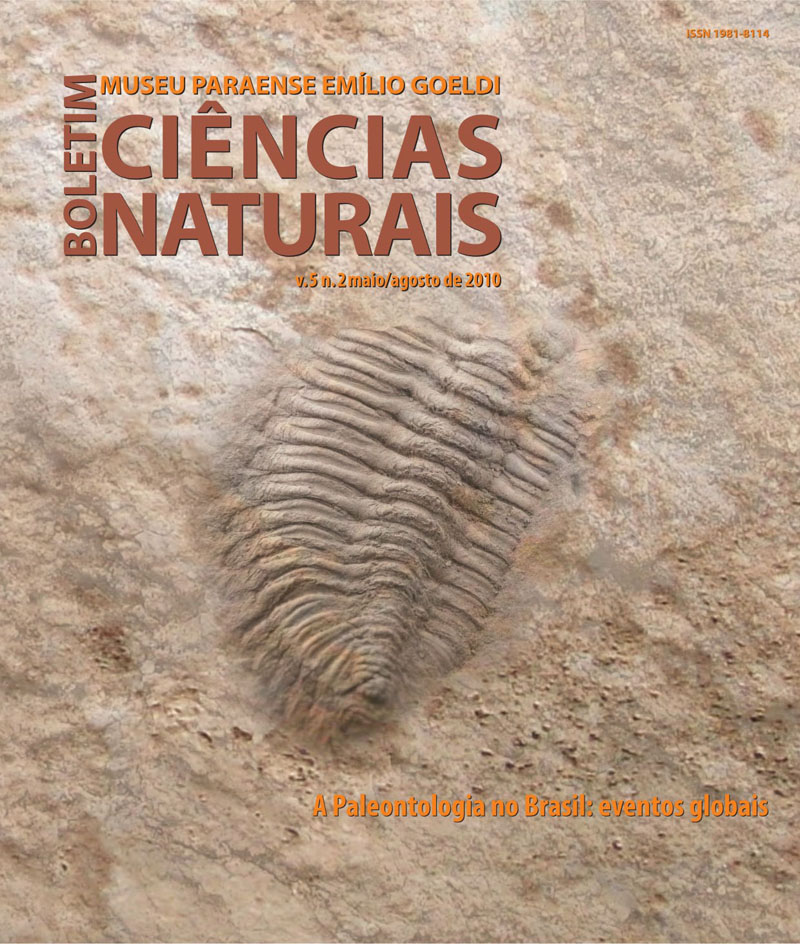Fossil trichomes as a new category of palynomorphs sensu lato: their preliminary classification and applicability in biostratigraphy
DOI:
https://doi.org/10.46357/bcnaturais.v5i2.641Keywords:
Brazil, Cretaceous, Palynology, Trichomes, Campos Basin, Santos BasinAbstract
Plant components recognized as trichomes (unicellular or multicellular structures occurring in the plant epidermis) have been being recorded in Cretaceous sediments submitted for palynological analyses. The objective of the present paper is to record the occurrence of these fossil trichomes, and to classify them by proposing an artificial scheme that could be applied for biostratigraphic purposes. The material analyzed derives mainly from petroleum wells that penetrated Cretaceous strata in the Santos and Campos basins of offshore southeastern Brazil. Based on selected characteristics (number of arms, relative diameter, number of cells, type of base, angle formed by arms, central area pattern and presence of stalk), twelve basic morphotypes are identifiable: (1) simple; (2) T-shaped; (3) Y-shaped; (4) double (twin); (5) triple; (6) fasciculate; (7) tufted fasciculate; (8) multiradiate; (9) tufted multiradiate; (10) three-dimensional stellate; (11) tufted three-dimensional stellate; and (12) planar (two-dimensional) stellate. Within each of these morphotypes, subtypes based on secondary characteristics (morphology of arm ends, curvature, sinuosity etc.) could be recognized, thus resulting in 63 morphotaxa. Clearly, this large morphological variability among trichomes presents significant scope for their application in biostratigraphy. This assumes especial importance in the Santonian (Upper Cretaceous) strata of the Santos and Campos basins, where paleowildfires caused by regional volcanism have resulted in the scarcity of conventional, biostratigraphically significant palynomorphs (spores and pollen grains).
Downloads
Published
Issue
Section
License
Publication means fully assigning and transferring all copyrights of the manuscript to the journal. The Liability Statement and
Assignment of Copyrights will be enclosed with the notice of acceptance. All the authors must sign the document and return it to the journal.








